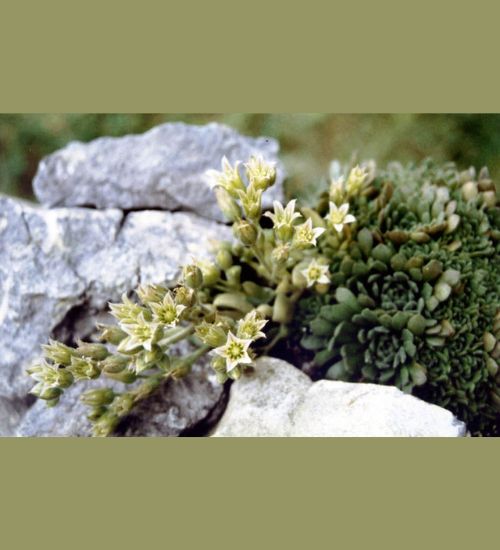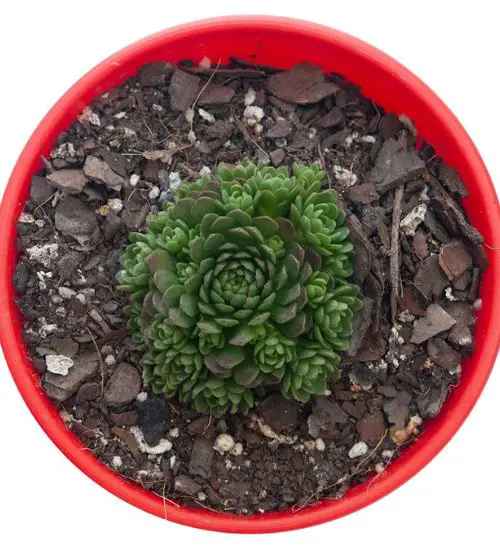Sun: Full sun to partial sun
Water: Typical water needs for a succulent
Temperature: Zone 5a from -20° F to -15° F (-28.9 ° C to -26.1° C) to Zone 10b from 35° F to 40° F (1.7° C to 4.4° C)
Winter Survival: Cold hardy
Propagation: cuttings, seeds
Flower: mid to late summer
Flower Type: white
Toxic: Generally non-toxic to humans and animals
Dormant: winter
Space Requirement: Indoors & Outdoors
Common Problems: No major pests, Plants may rot if overwatered
Where to buy Rosularia Platyphylla?
Basc Care for Rosularia Platyphylla
Watering
What you need to remember is that this type of succulents needs to be watered for every 2 weeks
Can you water your succulent more than what its need? The answer is yes and no. In extreme conditions, you can water your plants more often when you notice the soil is completely dry.
Fertilizing
Only feed this succulent during its active growing seasons which means winter. Use the right fertilizer applied in the right amounts. Applying half-strength balanced fertilizer every month or so is recommended for optimal results.
Do not fertilize during winter as the plant is dormant.
Sun & Location Requirements for "rosularia or Turkish stonecrop"
Rosularia Platyphylla needs full sun to partial sun in order to thrive. Aim for 6 hours of direct sunlight each day, and adjust depending on the season and your climate. If you don't have an outdoor spot that receives sufficient light, consider placing your succulent near a south-facing window all year round.
As per this succulent profile, it is only able to stay healthy when the environment temperature is above the range of zone 5a from -20° F to -15° F (-28.9 ° C to -26.1° C).
Rosularia Platyphylla is one of the most cold hardy succulents available, capable of surviving temperatures down to 0°F. Its thick leaves and stems help retain moisture in its cells and protect it from frigid winter weather. The succulent's attractive foliage adds a touch of cheerfulness to any cold-weather garden. "rosularia or Turkish stonecrop" is an ideal choice for areas with freezing temperatures during the winter months.
Any succulents in the group will need a medium space to grow. You can place your pot at your table or window. Since this plant needs more space than mini succulents, you should consider do not plant them together with other succulents/plants.
Propagation
One way to propagate Rosularia Platyphylla is by cutting
Propagating Rosularia Platyphylla from seeds is a great way to produce new plants without relying on cuttings or divisions. It's important to look for healthy, dark and plump seeds that are slightly sticky when touched. The soil should be pre-mixed with well-draining potting mix, before evenly sowing the seeds and pressing them into the surface. To ensure successful germination, gentle misting of the soil should be done and placed in indirect light.
Toxicity

Rosularia Platyphylla is generally non-toxic to humans and animals. However, it is important to be aware that certain parts of the plant may contain toxins which can cause mild skin irritation. It is advised that you keep the plants away from small children or pets, as they may unknowingly ingest them and suffer ill effects.
Pests and Diseases
Rosularia Platyphylla is not affected too much by common pests and diseases like most of the other succulents.

